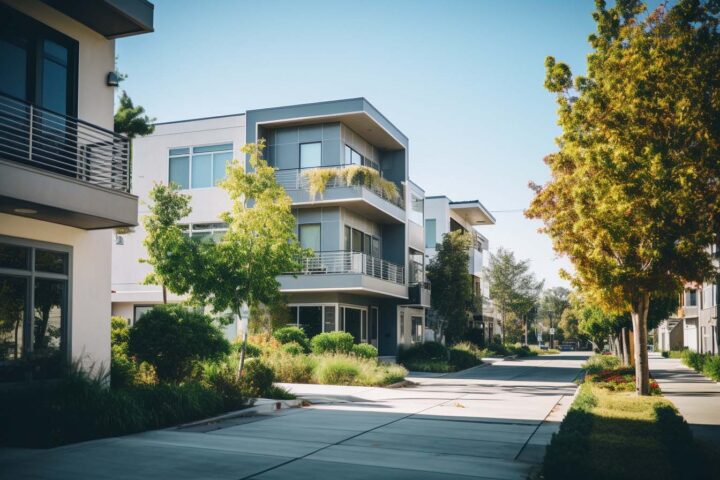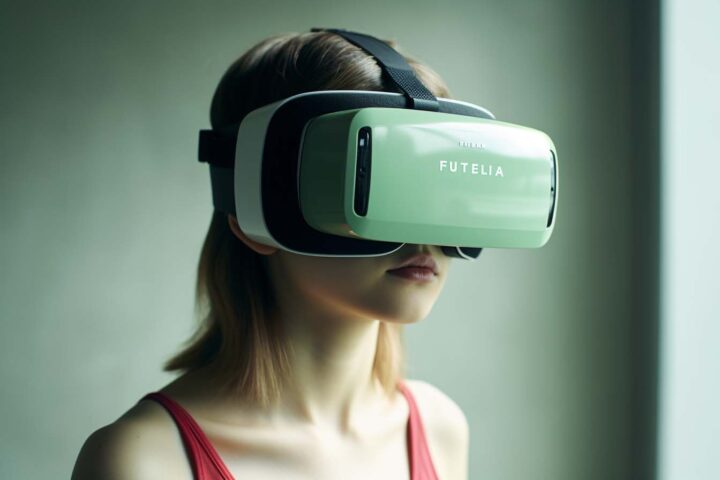Preserving history in the age of digitization
As we embrace the advancements of technology, it’s easy to get caught up in the excitement of the new and the shiny. However, as we move forward, it’s important to remember and honor the past. This is especially true when it comes to architecture. The bridges that connect our past to our future are not only physical structures, but also a testament to the resilience and ingenuity of our ancestors. In this article, we will explore the challenges and opportunities that arise when integrating older architecture with new technologies. From honoring historical integrity to leveraging the power of digital tools, we will uncover how we can build bridges between the old and the new.
The Importance of Preserving Historical Integrity
When it comes to integrating older architecture with new technologies, the preservation of historical integrity should always be a top priority. Historical buildings, such as bridges, carry a story within their walls (or in this case, across their spans) that deserves to be cherished and shared. These structures are representative of a specific era and often hold cultural, architectural, and historical significance.
Preserving historical integrity can be a challenge when incorporating new technologies. However, finding a balance between honoring the past and embracing the future is essential. One approach is to carefully consider the visual and structural aspects of the old architecture and find ways to seamlessly integrate modern elements without compromising the authenticity and character of the original design. This can be achieved through thoughtful architectural design and the use of traditional materials in conjunction with new technologies.
Leveraging Digital Tools for Historic Preservation
In the age of digitization, we have an abundance of tools and resources at our fingertips. Architects and preservationists can leverage these digital tools to aid in the documentation, analysis, and preservation of older architecture.
One such tool is 3D scanning, which allows for the creation of highly accurate digital models of existing structures. This technology enables architects and planners to study the intricate details of historical bridges without the need for invasive physical interventions. With the help of 3D scanning, preservationists can ensure that any modifications or additions are in harmony with the existing structure.
Another digital tool that can be beneficial in integrating new technologies with older architecture is virtual reality (VR). VR provides architects and designers with the ability to visualize proposed changes and additions in a realistic and immersive manner. This allows for a better understanding of how the new technologies will interact with and enhance the existing structure.
The Challenges and Opportunities of Building Bridges
Integrating older architecture with new technologies presents a unique set of challenges and opportunities. On one hand, there is the risk of compromising the historical integrity of the structure, which can be detrimental to its cultural and historical significance. On the other hand, embracing new technologies can open up exciting possibilities for adaptive reuse and innovative designs.
One of the challenges is finding the right balance between preservation and modernization. It requires a deep understanding of the original design intent and careful consideration of how the new technologies will affect the overall aesthetics and functionality of the structure. Collaborating with experts in both historical preservation and modern architecture can help ensure that the integration is done in a sensitive and respectful manner.
Another challenge is navigating the complexities of regulations and approvals. Historical structures often have strict guidelines in place to protect their integrity. Working closely with regulatory bodies and local authorities is crucial to ensure compliance while still utilizing the benefits of new technologies.
Despite the challenges, integrating older architecture with new technologies also presents exciting opportunities. For example, the inclusion of energy-efficient systems can help improve the sustainability and functionality of historical bridges, extending their lifespan for future generations to enjoy. Additionally, the integration of smart technologies can enhance the user experience by providing real-time information and interactive features.
Building bridges between the old and the new requires a delicate balance of preserving history while embracing technology. By honoring historical integrity, leveraging the power of digital tools, and carefully navigating the challenges and opportunities, we can create a harmonious blend of the past and the future.







